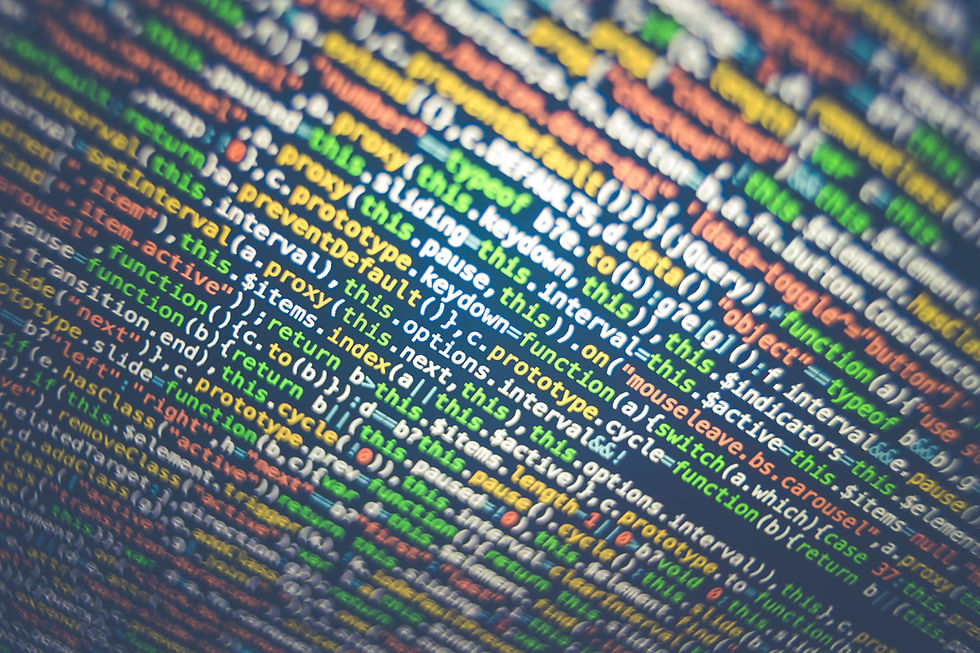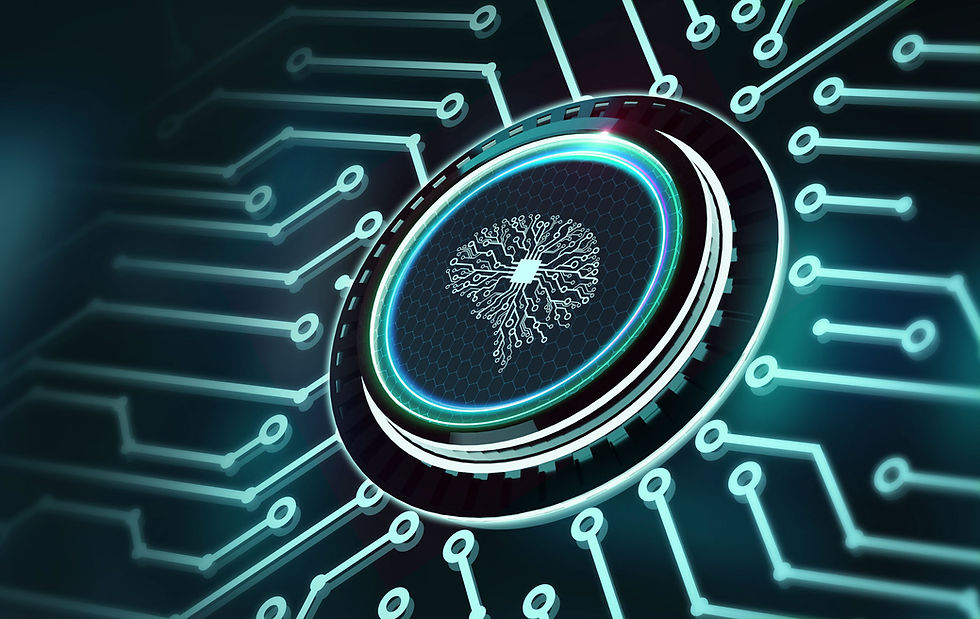A freelancer's perspective on AI
- Sam Schofield
- Jun 26
- 4 min read
In 1876, Alexander Graham Bell made the first successful telephone call, famously saying, “Mr. Watson, come here. I want to see you.” At the time, the idea of speaking to someone miles away through a wire seemed almost magical. But not everyone was convinced. Early critics dismissed the telephone as a novelty, and businesses questioned its practicality. Some even feared it would erode the art of letter writing or eliminate jobs - for example, telegraph operators and messengers.

Despite the scepticism, the telephone spread rapidly. By 1900, there were over 600,000 phones in the United States alone. Entire industries evolved around it - switchboard operators, telephone engineers, and customer service departments - and eventually almost every job came to incorporate the phone in one fashion or another - whether a gardener taking bookings, a salesman touting his wares, or a journalist seeking a quote. And while some roles were made redundant, many more were created.
The same pattern repeated with the personal computer in the 1980s and the internet in the 1990s. Each was disruptive. Each sparked fears about job losses. And each, ultimately, became essential to modern life and work.
We now seem to find ourselves at that early stage of adoption with artificial intelligence tools, machine learning platforms, large language models, chatbots or whatever other moniker you care to use. They are here, they are being used, and the changes are happening quickly, while understandably raising questions and concerns. Some worry it will replace jobs or make certain skills obsolete. But if history is any guide, AI is more likely to change how we work than eliminate the need for work altogether.
According to PwC’s 2025 Global AI Jobs Barometer, roles exposed to AI are evolving 66% faster than others, and demand for AI-related skills continues to grow - even in a cooling job market. Meanwhile, the World Economic Forum predicts that AI will create 69 million new jobs globally by 2027, even as it displaces 83 million. Admittedly, there is a worrying discrepancy of 14 million jobs going somewhere unknown in those figures.
I, for one, have not been immune to concerns surrounding AI and I have written about it several times previously:
Having tested several AI tools, I came to understand their limitations, many of which you'll find in the above blogs, so I'll avoid going over old ground. At first, AI seemed like a gimmick, with early versions plagued with issues. It improved, more people started using it, and then AI-generated content started appearing everywhere. Its tell-tale signs are easy to spot - with the much maligned em-dash, for example, or the overuse of emojis in social media posts, grandiose language, repetitive sentence construction, and its ability to drag out the dreariest of subjects into paragraphs of drivel.

However, I started to see its uses. For example, when reviewing extensive documents, it can summarise the key elements in seconds (just ensure you double check its facts/figures). As a freelancer who often works alone, it can be beneficial to have something to bounce ideas off (but beware of its excessive, exaggerated platitudes even at ideas you know to be poor). It can proofread when you need a second pair of eyes or offer synonyms when you can't quite find the word you're looking for (be careful of extensive rewrites extracting the soul from your copy). And it can be useful at explaining concepts, technologies, regulations and laws in simple terms (always get a second opinion for accuracy).
So, with a healthy dose of scepticism applied to its output, it can have its uses. And therein lies my opinion on AI. It is a new and often effective tool to be used by humans. It can improve the productivity and output of a professional in their field but, just like the telephone before it, it is useless without its operator. And what was true before - the better the operator, the better the work - is as true now as it has ever been.
The lesson from history is clear: resisting change doesn’t stop it. The businesses that embraced the internet early gained a competitive edge. Those that didn’t were left behind. The same will be true for AI and that is why I recently completed two CPD-accredited courses from Microsoft:
Transform Your Business with Microsoft AI
Upgrade Your Marketing Strategy with Microsoft Copilot
More on those courses here: CPD-Certified in AI and Marketing Strategy
These courses gave me a clearer understanding of both the capabilities and limitations of AI, and how I might work better with it as a tool in my belt. They also helped to alleviate any concerns I had of its impact on my business. While Microsoft has a clear incentive to promote their products (such as Copilot), the courses provided valuable insights and practical knowledge. They equipped me to support clients through this period of change, answer their questions and help them navigate the shift. And for me, it has supported the never-ending journey to improve my work and the support I offer. Standing still is not an option - we have to keep moving forward or we will be left behind.
This exploration and adoption of AI tools has also reinforced something I’ve always believed: the creative process remains human-led. The strategy, the voice, and the final creative direction? That’s still very much human. Every piece of client work I produce is written and refined by me - AI is simply an assistant, no different than using Google or a spellchecker. And that will always remain the case.




